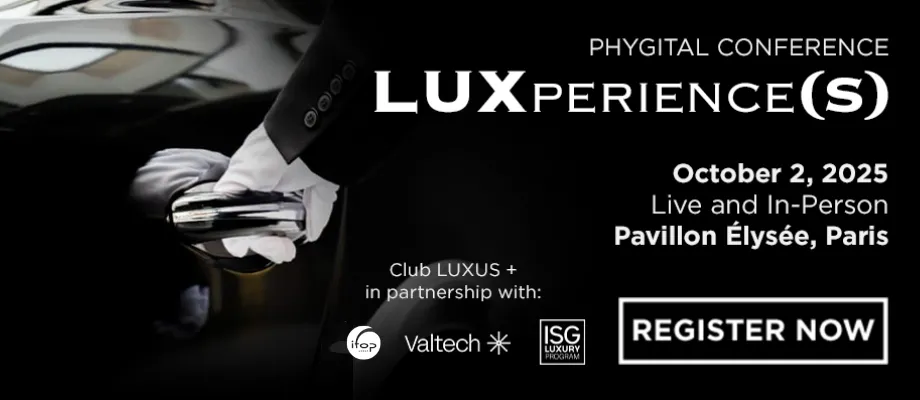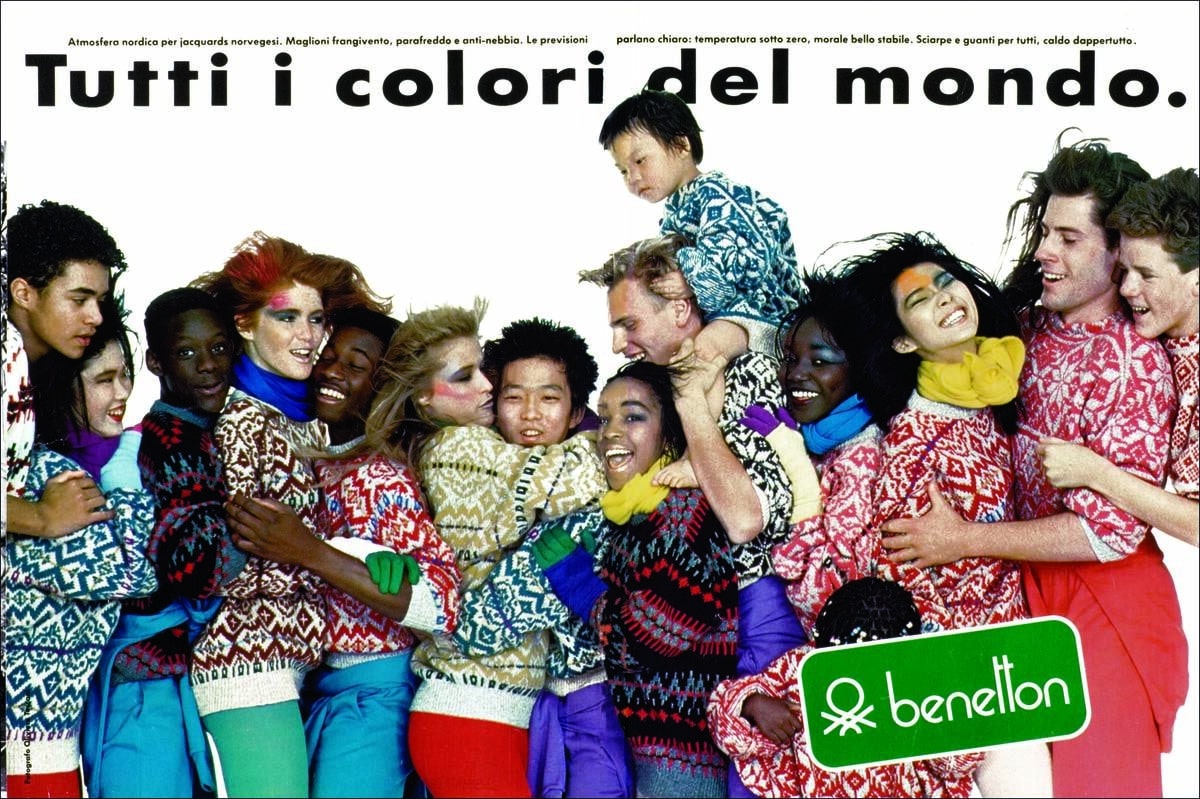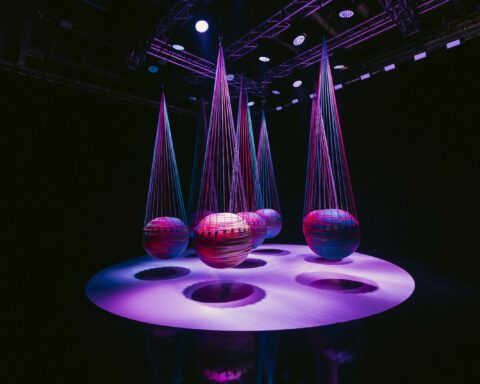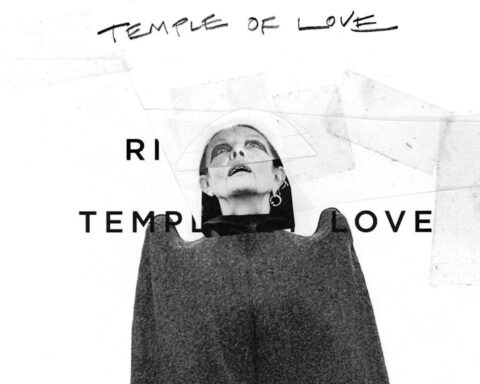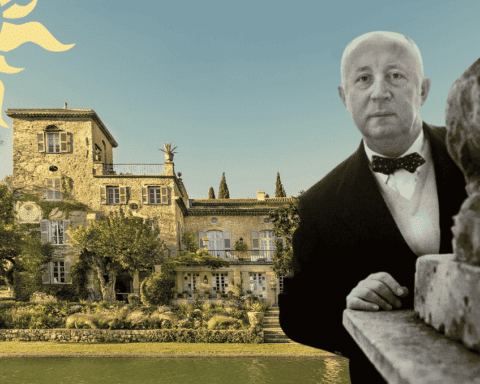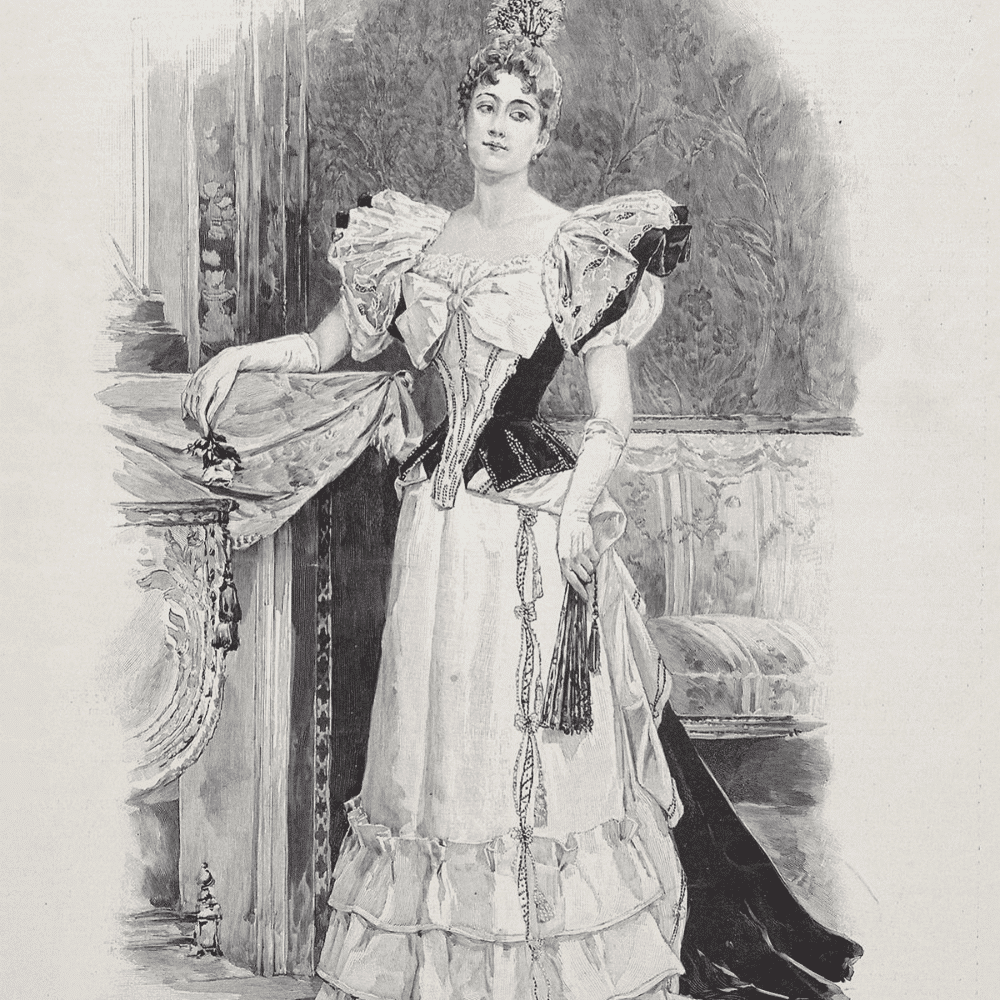The photographer Oliviero Toscani, known for his campaigns for Benetton, died on 13 January has revealed throughout his career clichés marked by a certain provocation but highlighting the diversity of the world and the inequalities and suffering that inhabit it. Return to this legacy of redefining the codes of visual communication.
“Advertising photography should not sell a product, it should sell an idea,” said Oliviero Toscani. A mantra that sums up his photographic journey. Born in 1942 in Milan to a photographer father, the artist takes his arms in the streets of New York by taking pictures of urban life. In 1976, he created the campaign Les contemporains for the creator Jean-Charles de Castelbajac.
When he joined Benetton in 1982, his career took a new turn. The challenge to deliver a message. Racism, inclusion, death penalty, HIV, religion, women’s cause… a true social manifesto. Adored by progressives and criticized by well-wishers, the artist’s sultry campaigns for Benetton propelled the Italian brand image into a sphere that was unexploited by the fashion industry at the time.
Diversity and inclusiveness, a key topic of Oliviero Toscani
For the fall-winter 1984 collection, Oliviero Toscani unveiled its first campaign «All the colors of the world». Photography certainly is a nod to the pop tones of the Italian brand but it turns out to be a reflection of diversity, valuing various cultures. On a white background, people of all ethnic groups pose in Christmas sweaters, between hugs and smiles.
The 1989 winter campaign is called “Breastfeeding” and features a black woman nursing a white baby. In addition to diversity, this photograph advocates a certain feminism, at a time when women’s bare and natural breasts are banned on social networks and where mothers still have to hide to breastfeed their child in the public space. For the following season, two “Children on the pot” were photographed.
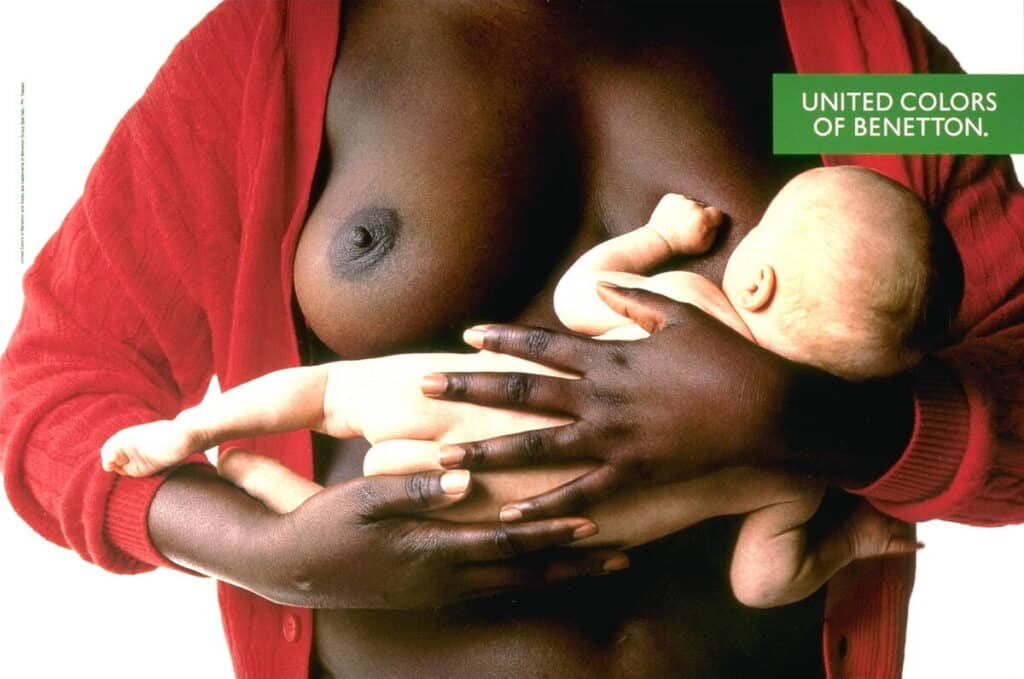
Liberation is from 1993. It shows 56 photos of male and female genders in various shapes and colours. While this decade is marked by chic porn and hypersexualization in fashion, Benetton makes the choice to show genital devices with ease, always in this quest for inclusivity and diversity. In the same spirit, in 1996, the “Heart” campaign unveiled three human hearts marked with “white”, “black”, “yellow”.
In 1992, the “Albinos” campaign featured a female albino in a Zulu tribe in South Africa during a virgin girl ceremony. The artist also advocates for fair justice with a 1989 image of two men, black and white, handcuffed, in order to instill the message that everyone should be treated equally in a court.
The harmony of religions
In 1986, the photographer highlighted a young Muslim and a young Jewish. Two friends, beyond religions, holding a globe in both hands. The same world. A cliché that still resonates today as a celebration of friendship and living together, regardless of the confessions of each.
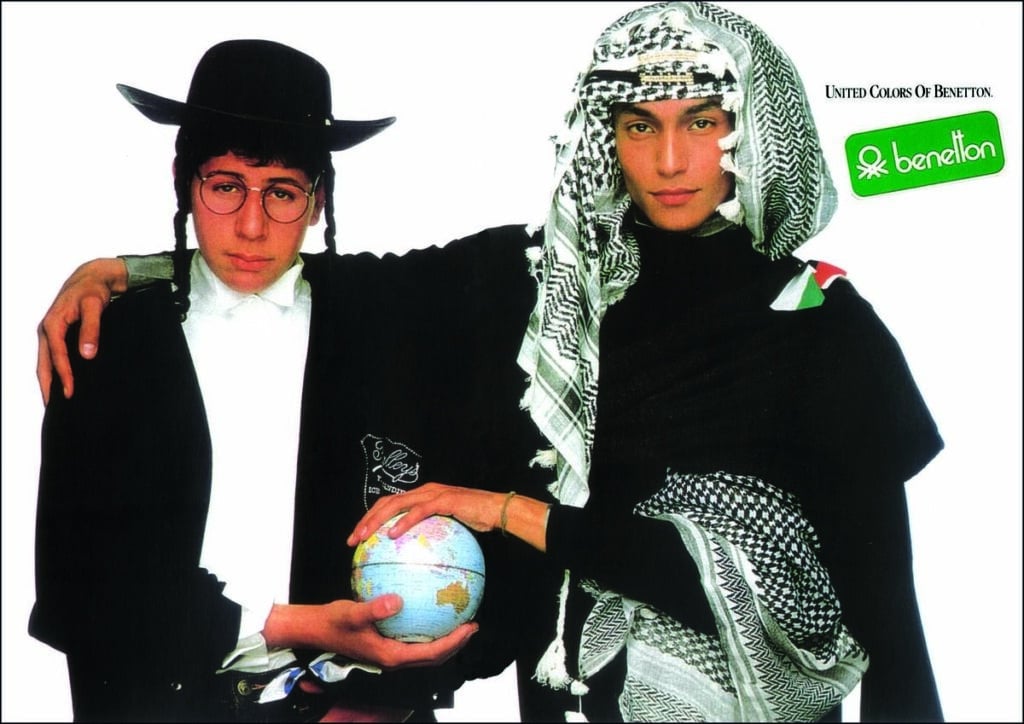
One of the great campaigns of Oliviero Toscani is none other than «Priest and Nun», for the fall-winter 1991. Two religious are seen kissing gently, which has not failed to amaze the Church and the Catholic community but also had the effect of bringing immense visibility to Benetton. As some communicators say: in positive or negative, the important thing is that we talk about the brand.
Voir cette publication sur Instagram
Another picture of HIV
In 1993, Oliviero Toscani attacks HIV which is destroying many lives. Showing a buttock hit with the stamp «HIV Positive», the photograph of the same name is a scandal. She will even be at the heart of a trial after the complaint by HIV-positive people, charging Benetton with “human dignity”.
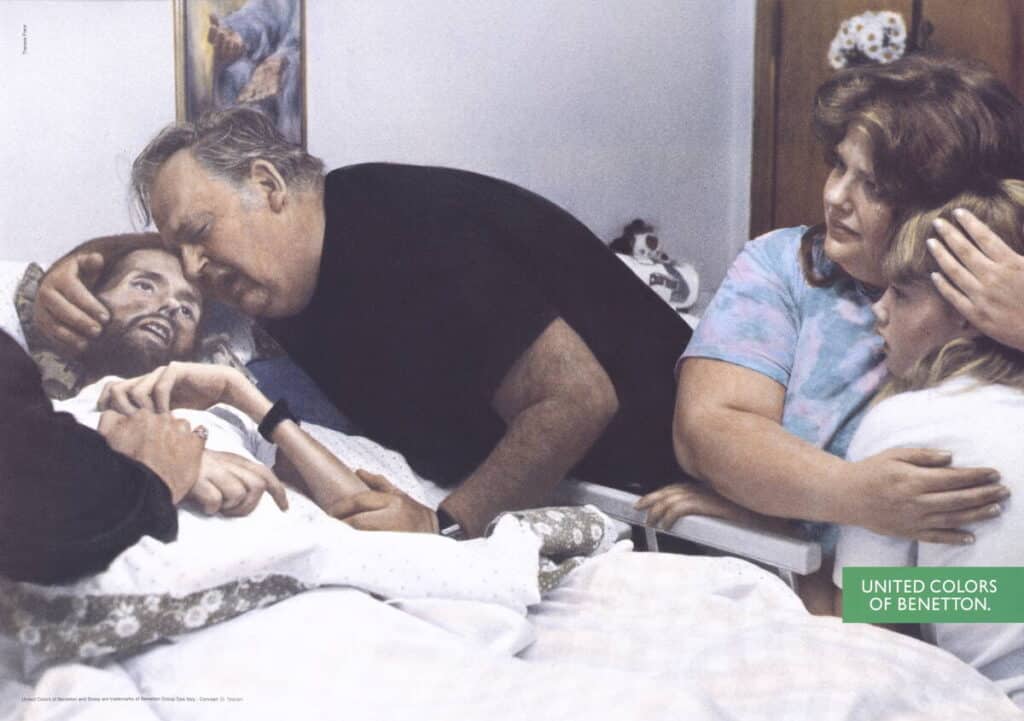
As “Priest and Nun”, the photograph “Aids, David Kirby” is emblematic of Benetton’s communication, always on the subject of AIDS. Photographed by Therese Frare and taken over by the brand, the image shows the last moments of David Kirby, ill and on his deathbed, surrounded by his family in 1990. A more than moving photo.
The message, not the product
In 1991, the artist once again photographed a baby in the campaign «le Nouveau-né». With a newborn baby still attached by the umbilical cord and maintained by a doctor, photography is intended to be raw and to remove the product to only value the message.
“I hate artistic photography…” The photo becomes art when it provokes a reaction in us, whether interest, curiosity or attention” – Oliviero Toscani
The Milanese photographer left Benetton in 2001 and for 20 years he marked the image of the fashion house and more broadly the history of advertising. His photographs will have the merit, as he wished, to create debate and encourage reflection on societal and social themes. Never has a brand put more emphasis on the evils of our world while celebrating love and living together.
Oliviero Toscani died on 13 January at the age of 82.
Read also: Mathieu Lehanneur unveils his new Carte Blanche for Christie’s
Featured photo : © Oliviero Toscani – Benetton

